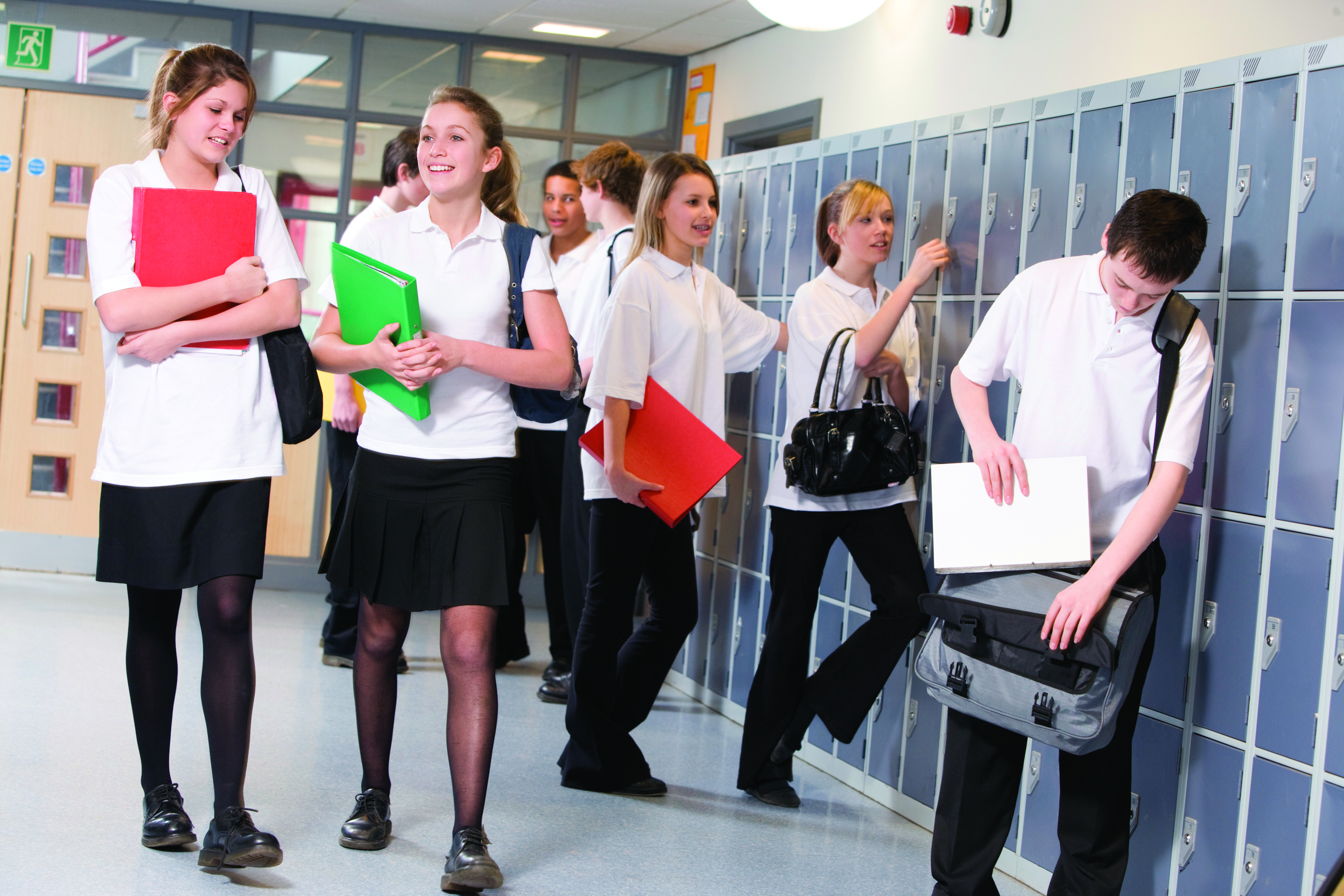
TEENS could be regularly weighed at Scottish secondary schools in controversial plans to tackle obesity, The Sunday Post can reveal.
The news has sparked concern from eating disorder charities who say forcing youngsters to get on to the scales could destroy people’s self-esteem and actually see them gain weight. The move – currently being considered by the Scottish Government – would see teachers checking up on the pupils’ BMI (body mass index) in order to feed information back to ministers.
It comes as official figures, published by the Scottish Government this week, revealed nearly a third of children in Scotland were at risk of being overweight or obese and that 250,000 people had Type 2 diabetes.
Ministers think more weight data would help them understand how obesity develops in young people, but charities insist the new regime risks triggering mental health issues.
One charity, Beat, said the government should aim to support young people rather than place them under the microscope.
A spokesman said: “Eating disorders are complex and there is no one single cause.
“It is of course important that children’s health is monitored regularly but regular weighing, unless done sensitively, responsibly and privately may damage their confidence and risk lowering their self-esteem which is often fragile at this age.
“We live in a world seemingly obsessed with thinness. Some people think that they fail to meet that so-called ideal and can end up blaming themselves in ways that lead to a vicious circle – lower esteem and further weight gain.
“It would be preferable if the authorities gave more time and effort to supporting young people with emotional difficulties rather than concentrating on the scales.”
As it stands, the weight of children is measured at primary school and via the Scottish Health Survey, but the Government is looking at extending monitoring to older children.
Scottish Conservative shadow health secretary Donald Cameron said adopting the policy would also place pressure on teachers at a time when the education sector is struggling to recruit.
He said: “Obesity is becoming an extremely serious problem across all age groups, and the Scottish Government is right to look at what role secondary schools could play.
“But we also have to be acutely aware of the consequences too much intervention can have.
“The last thing an obese teenager needs is a teacher flagging up their weight in a classroom full of peers, and I suspect the teachers themselves wouldn’t be too keen on that approach either.”
A Scottish Government spokeswoman said the decision was not yet set in stone but would form part of a review next year.
She said: “At the moment children’s weight is looked at while at primary school and through the Scottish Health Survey.
“The review of our Diet and Obesity Strategy next year will provide an opportunity to consider if these programmes are sufficient.”
In written evidence to the Scottish Government’s Health and Sport Committee, the charity Cancer Research suggested that primary schoolchildren should be weighed in both P1 and P6.
Its statistics showed that more than 10% of children in Scotland started primary school overweight or obese between 2005/06 and 2014/15.

Enjoy the convenience of having The Sunday Post delivered as a digital ePaper straight to your smartphone, tablet or computer.
Subscribe for only £5.49 a month and enjoy all the benefits of the printed paper as a digital replica.
Subscribe